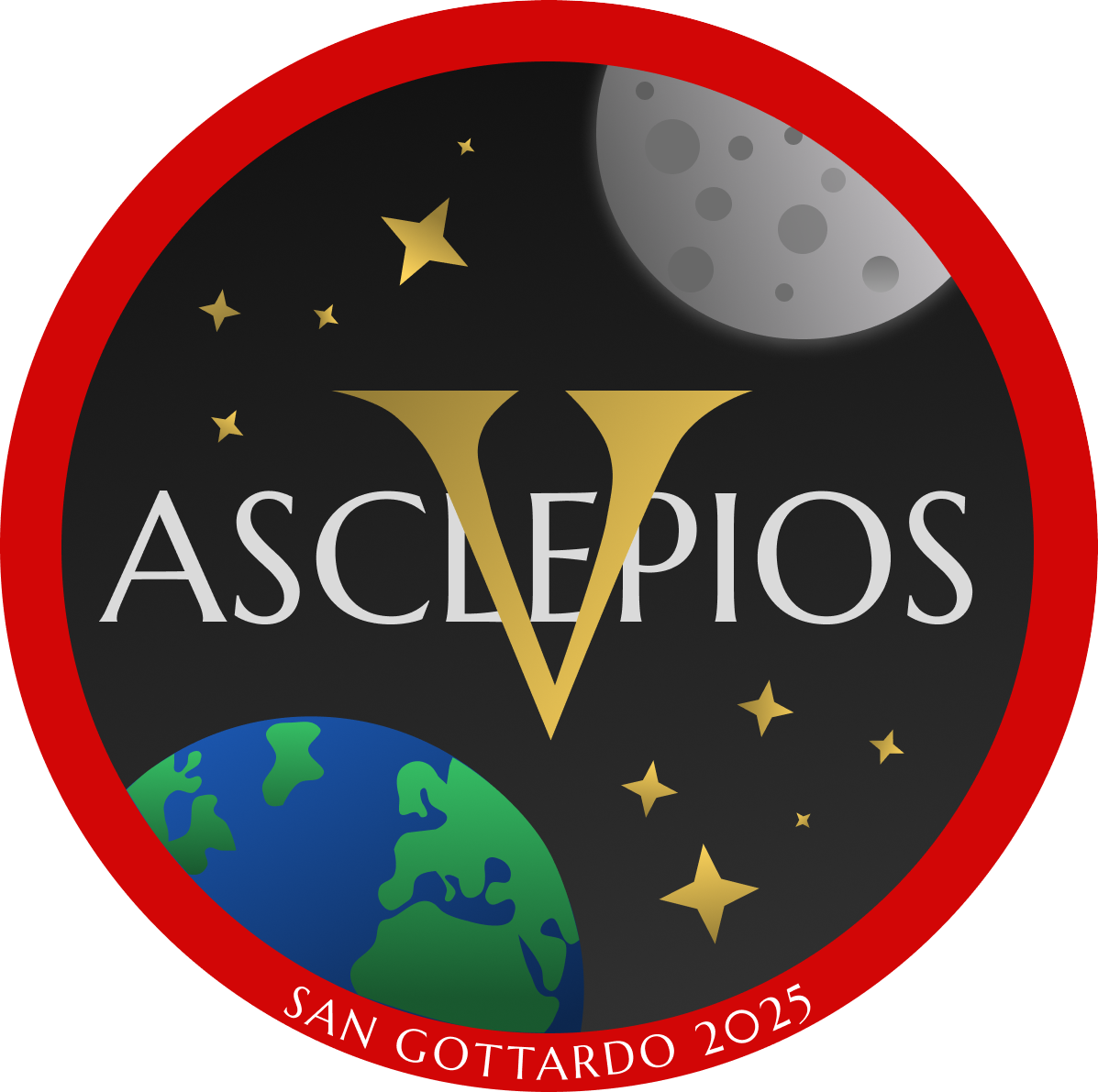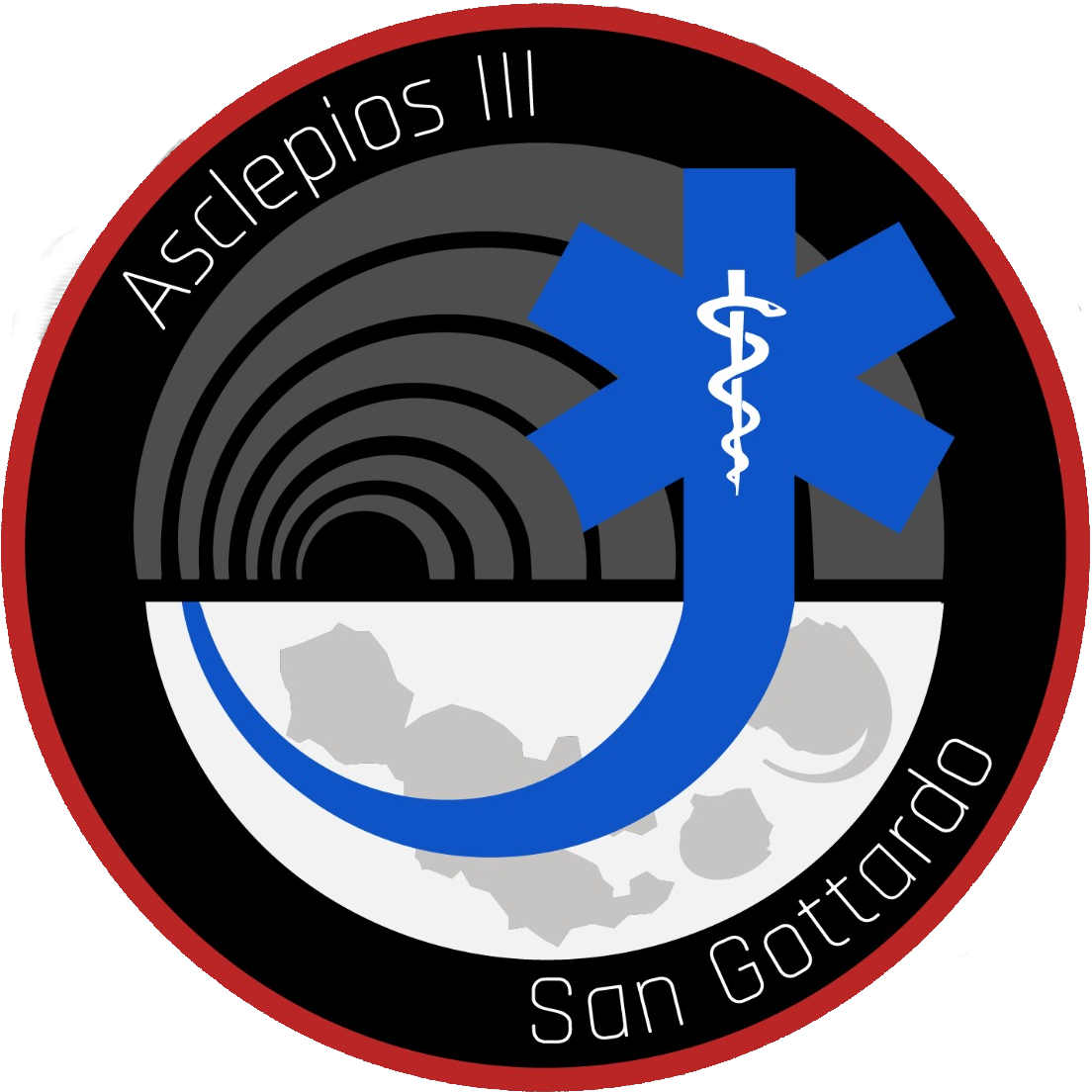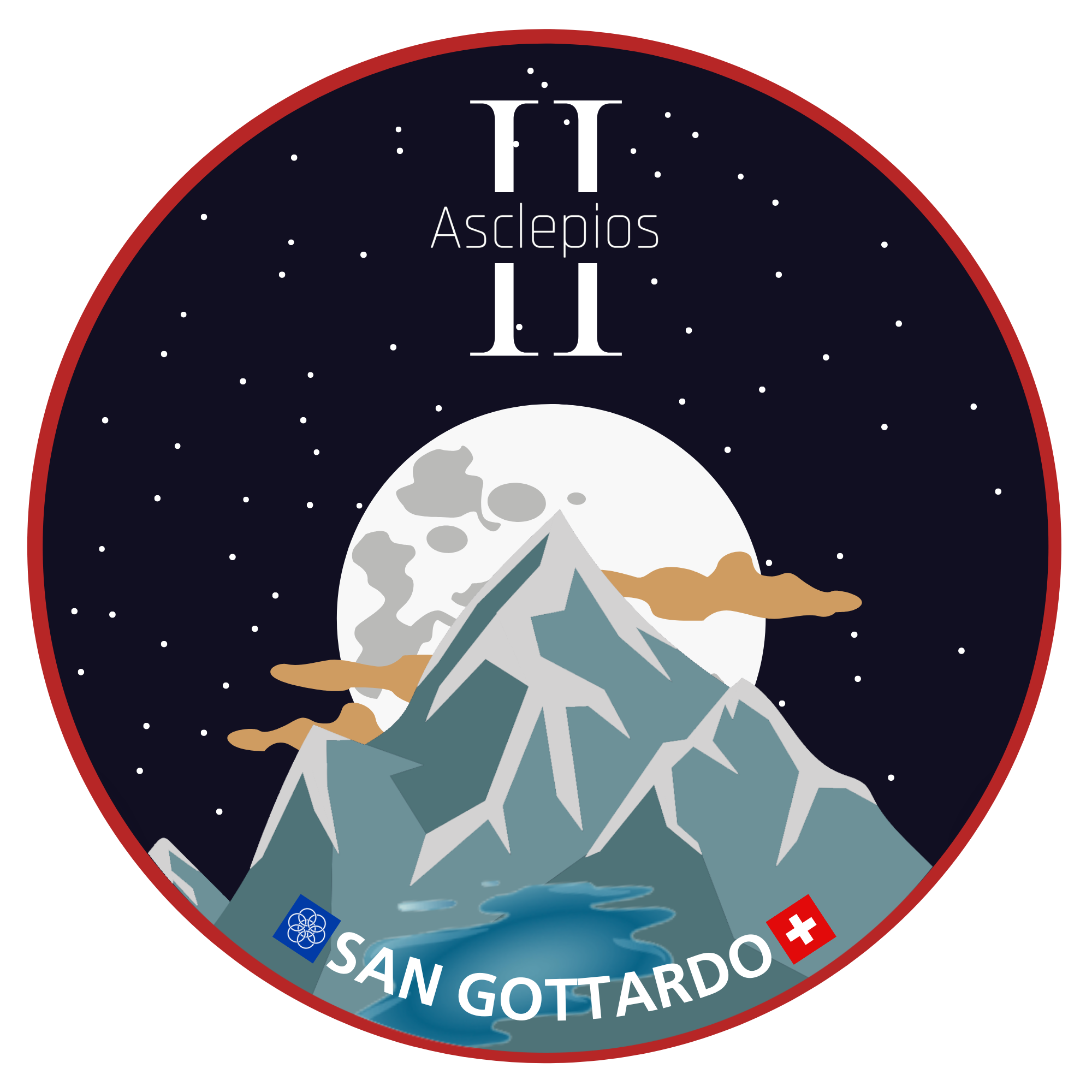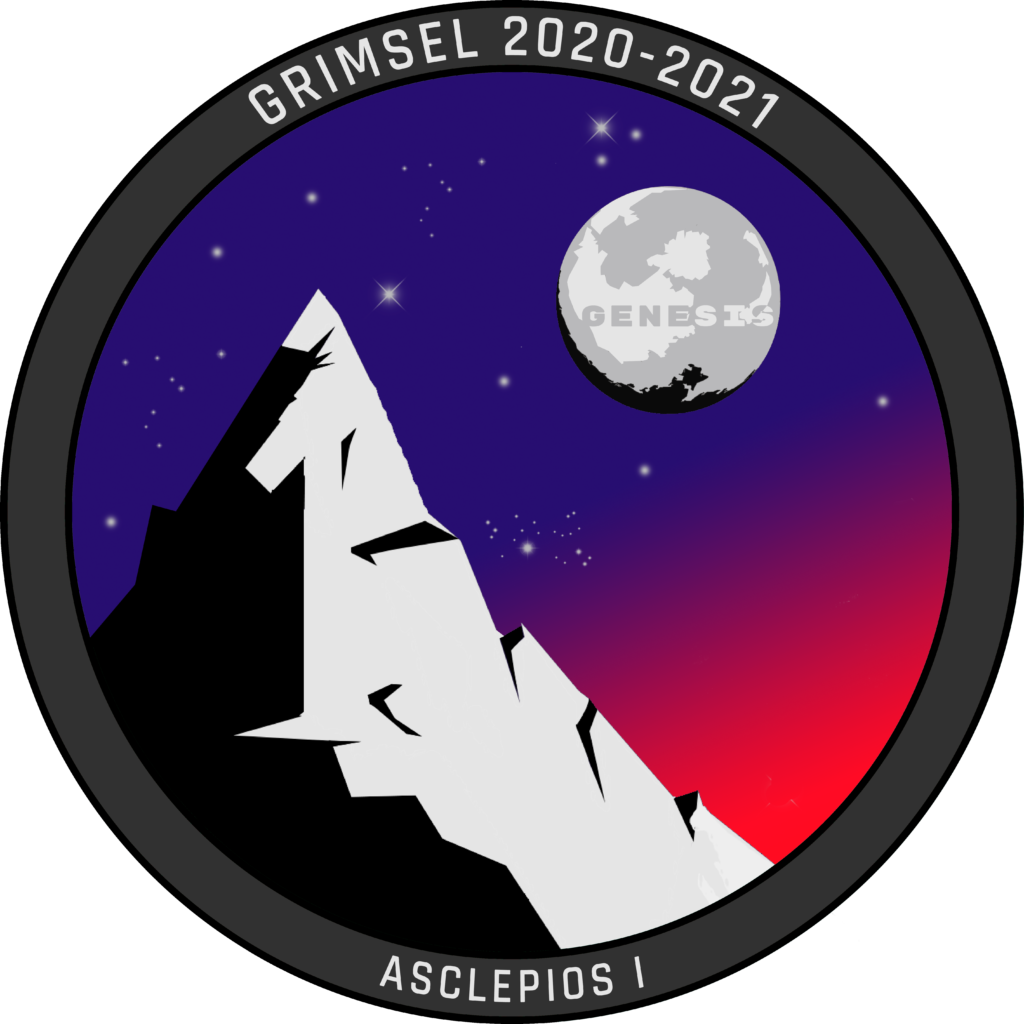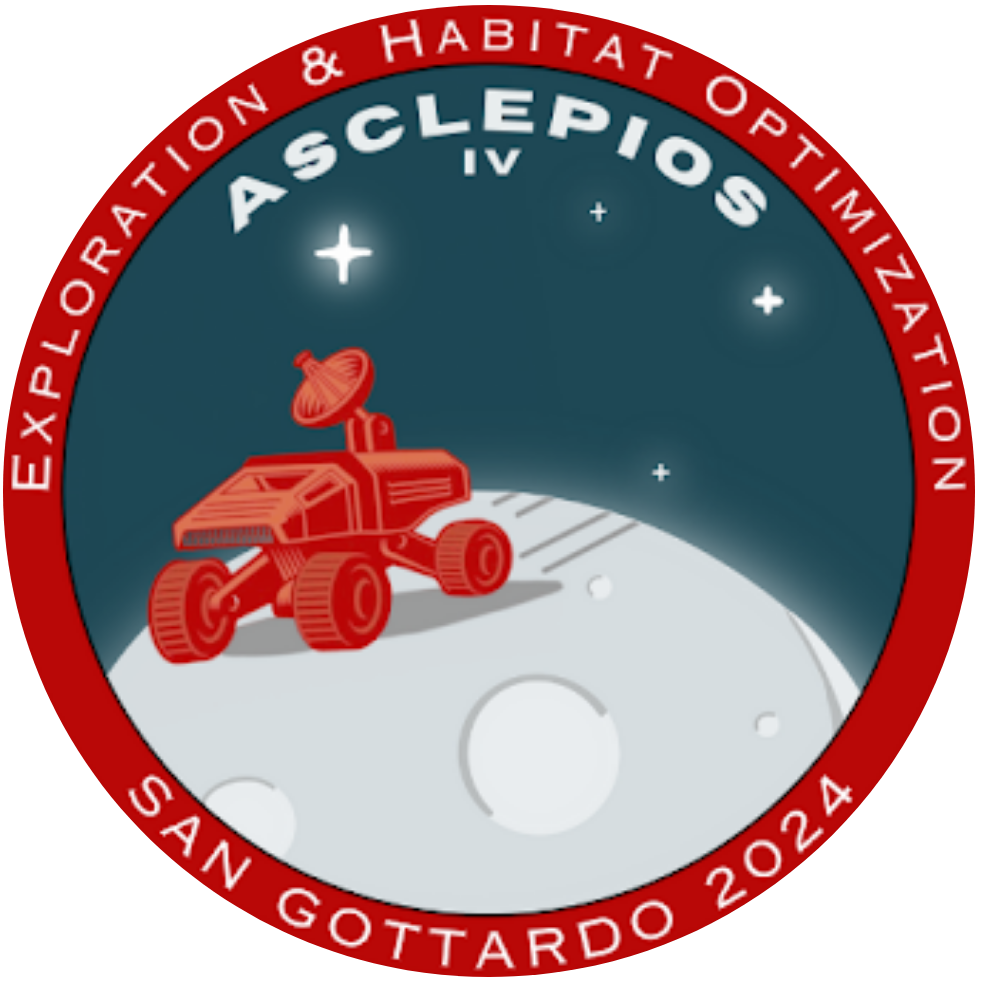
Patch design: Apostolos Apostolides
Asclepios IV
The analog mission Asclepios IV, launched in Summer 2024, was a lunar base simulation. The mission objective was lunar sorface exploration, gathering experiments ranging from robotics, life support systems and astronomy. The mission was a success, with the astronaut crew accomplishing various experiments, ranging from idroponics, rover operations, and psychological investigations.
The Selene Crew
The astronauts’ crew went through extensive training to master the successful execution of the selected projects and experiments. Upon successful completion of the trainings, six astronauts spent two weeks isolated inside a simulated lunar base, in Switzerland, and took part in extravehicular activities (EVAs).

Danny Cowen
Medicine MBBS at Imperial College London
Nationality: British
Age: 23
Role: Medical Officer
Lillian Tso
MSc Mechanical Engineering at Georgia Tech
Nationality: American
Age: 22
Role: Commander
Ilyasse Taame
MSc in Avionics at TUM and Ecole Centrale de Lyon
Nationality: Moroccan
Age: 22
Role: Communication Officer
Antonin Lecomte
MSc Space System Engineering at ISAE-SUPAERO
Nationality: French
Age: 24
Role: Science Officer
Guillaume Troung-Allié
MSc Space System Engineering at ISAE-SUPAERO
Nationality: French
Age: 25
Role: Science Officer
Arthur Grosmaitre
MSc in Aerospace Engineering at CentraleSupeléc
Nationality: French
Age: 21
Role: Base Engineer
Luca Sportelli
MSc Space Engineering at Politecnico di Milano
Nationality: Italian
Age: 23
Role: CapCom
Davide Scalettari
MSc Space Engineering at TU Delft
Nationality: Italian
Age: 23
Role: CapCom
Madelyn Hoying
PhD in Medical Engineering at MIT and Harvard University
Nationality: American
Age: 25
Role: CapCom
Scientific Experiments

QinetiQ TALOS
Principal Investigator: Matthew Harris
TALOS is a modification of the TALON® Multi-Mission Explosive Ordnance Disposal (EOD) Robot, which has been in continuous, active service since 2000. TALON® has a proven reputation for durability, flexibility, and performance in keeping military personnel, first responders, and civilians out of harm’s way. The experiment tests the TALON 6 capabilities for the Lunar environment, helping analog astronauts carry equipment on EVAs.

HUMANISE
Principal Investigator: Maneesh Kumar Verma
Focusing on human-robot interaction, this study investigates how different teleoperation interfaces (VR headset vs. traditional controls) affect stress and workload. It combines biometric data and self-reporting to assess the impact of interface design during isolation.
Read the paper: “Human-Machine Interaction for Rover Teleoperation During Lunar Analogue”
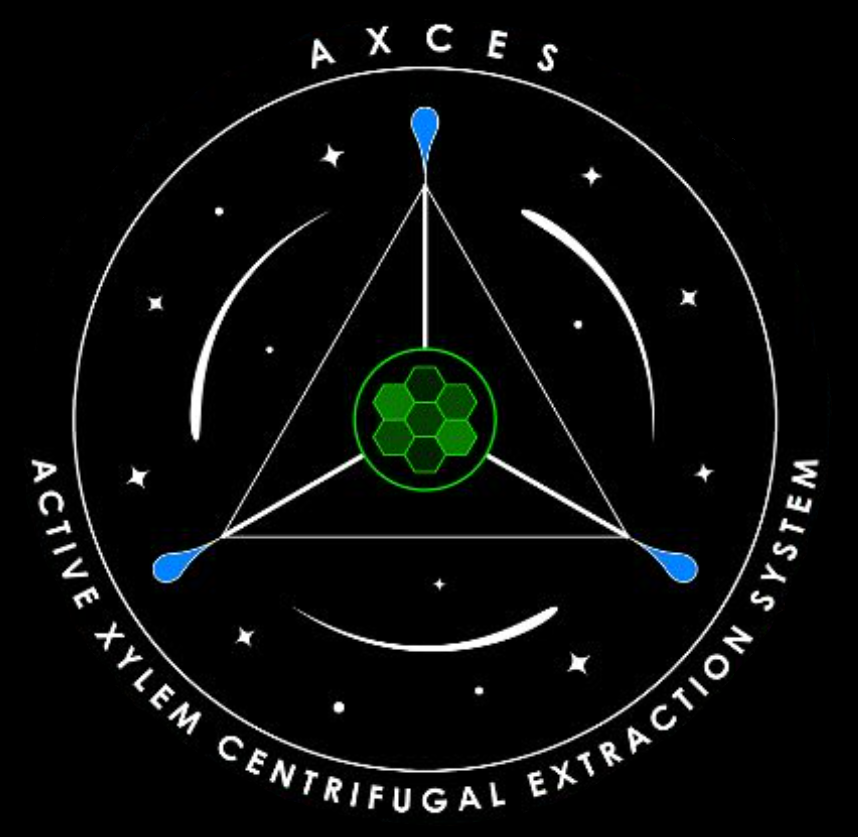
Axces
Principal Investigator: Antonin Lecomte
Xylem water filtering has been used in India and Africa for decades, pressurizing water through specific tree branches, and using xylem canals as filters. This experiment tests a centrifugal filtration system prototype. The system is used to reclaim water from the base (showers, sweat, ambient humidity), assessing the filtration flow rate and quality.

Space Wheat
Principal Investigator: Thanh Quy Dang
The experiment investigates the effects of extreme drought on the photosynthesis efficiency of local spring wheat varieties for water-use efficiency in lunar agriculture. The project aims to understand the response of drought stress in the selected traditional spring wheat varieties grown on lunar regolith, by measuring photosynthesis efficiency and transcriptomic analysis.

Sunspots
Principal Investigator: Arthur Grosmaitre
The experiment will test how to perform sun observations in EVA context, using a modified telescope allowing mounting, manipulation, and dismounting with an EVA suit. Multiple expeditions are planned to set up and exploit the images, counting sunspot numbers and evolution to monitor solar activity. A set of criteria and recommendations for EVA-based astronomy observations is to be proposed, in terms of ergonomics, crew efficiency, and data quality.

DRAFT – Dynamic Regolith Air Filter Technology
Principal Investigator: Patrick Grove
The project explores the use of regolith-based soil filters to remove airborne toxins. It compares treated soils with raw lunar simulants to assess their potential for maintaining breathable air in closed habitats.
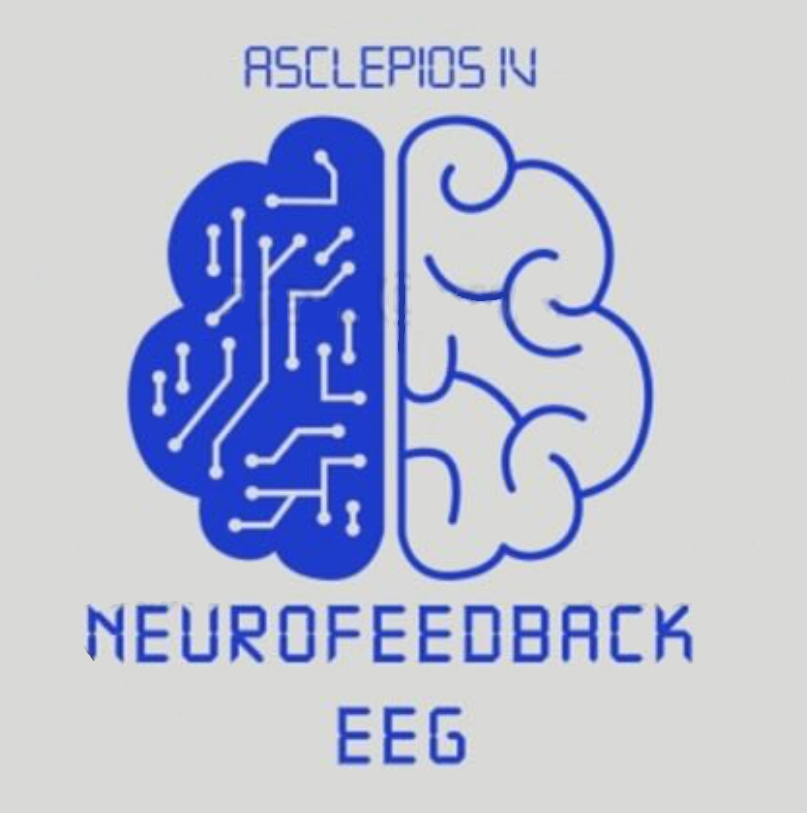
EEG Neurofeedback
Principal Investigator: Marcin Dornowski
Astronauts experience a wide variety of stressors in their environment, which can lead to problems in motivation, memory, and attention. EEG Neurofeedback is a non-invasive form of biofeedback that uses electrical potentials from an EEG to strengthen desired brain pathways, which could be used to lower the amount of stress astronauts are feeling. The experiment tests if EEG Neurofeedback is a viable treatment for stress on space missions.

Neurotec
Principal Investigator: Cristel Hibeth Torres Grijalva
The experiment investigates cognitive decline in analogue astronauts due to isolation, stress, fatigue, and other factors present in space missions. Neurotech is an EEG-based study from Mirai Innovation Research Instute, that will test astronaut’s cognitive performance during a space mission simulation.
Our Teams
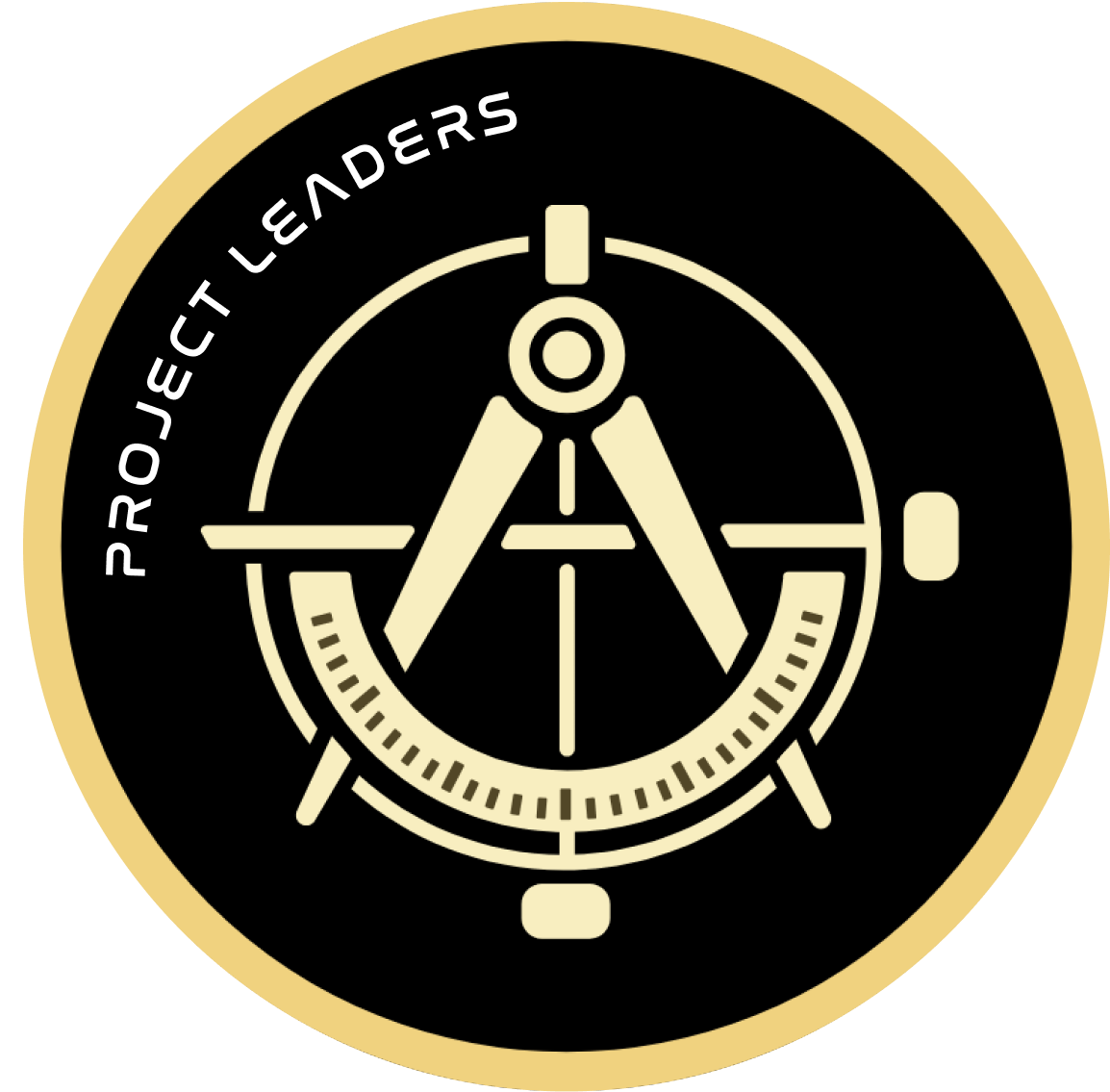
Project Leaders
Evandros Theodosiou, Clara Noguè & Federica Torre
The project leaders are the chief executives for the mission. They mentour, coordinate and support all the Heads with their teams’ activities.
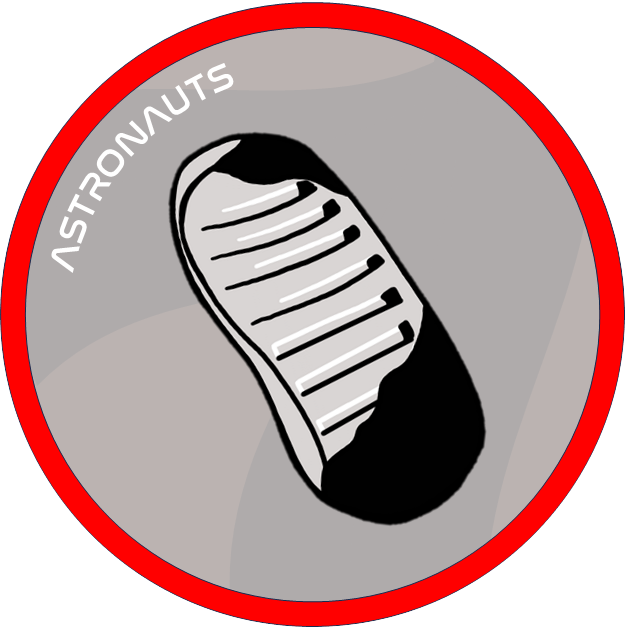
Astronaut Team
Team Head: Noemi Delfino
The astronauts team handles everything related to the astronaut crew of the Asclepios missions. They are responsible for every step of the recruitment and selection of the crew. Once the crew is recruited, its training (survival, science, communication protocols, teamwork) is their responsibility.

Science Team
Team Head: Clara Nogué
The Science team interfaces between Asclepios and our scientific collaborators. Each year, the Science team puts out a Call for Projects to solicit proposals from academia and industry for projects to test in the Asclepios mission. Science team members collaborate with Principal Investigators throughout the year to implement their experiments in the mission. The Science team also plans and implements their own experiments.
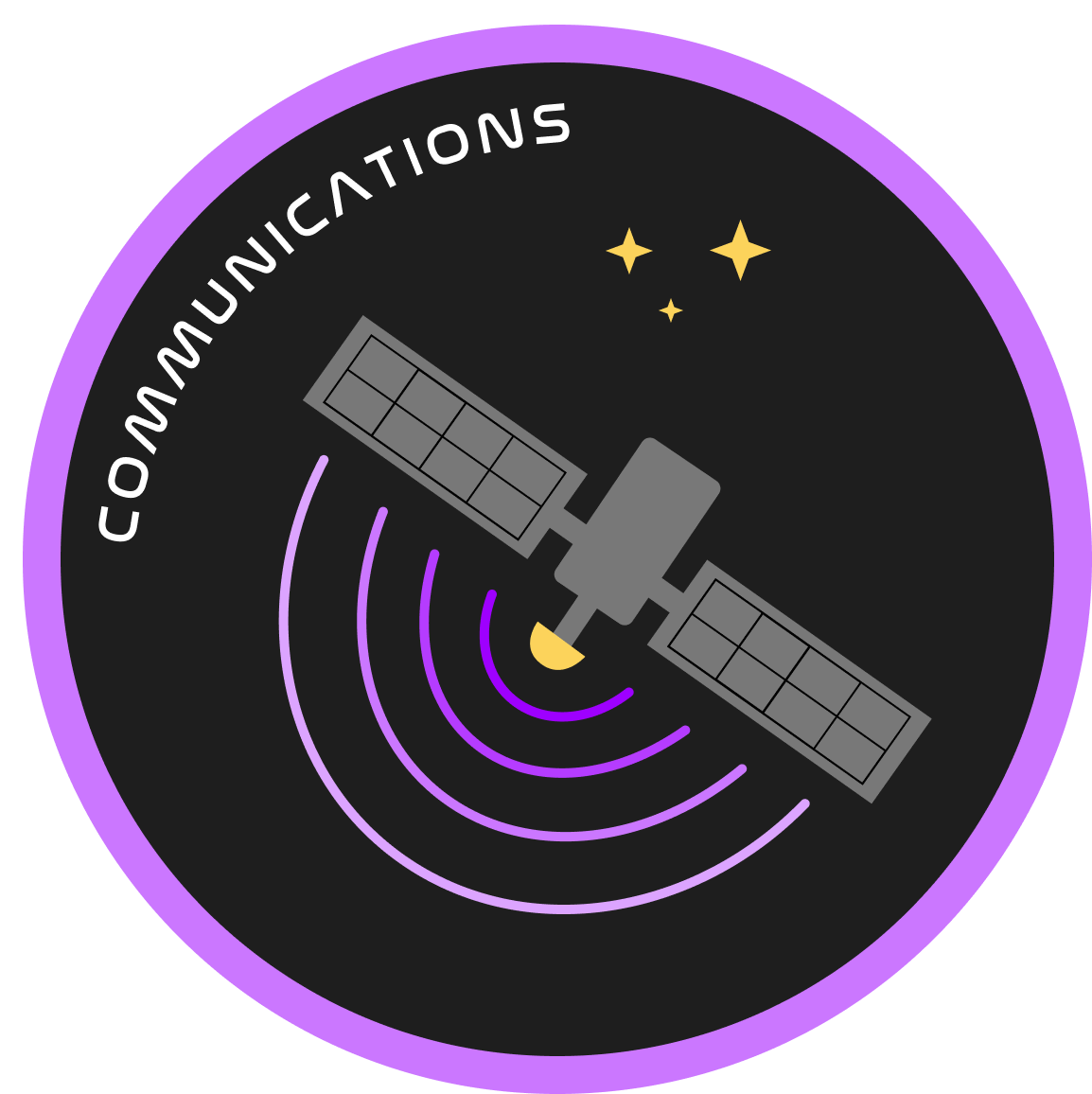
Communication Team
Team Head: Federica Torre
The Communications Team shares our work at Asclepios with the rest of the world! This team is responsible for managing the Asclepios social media and website, as well as designing team merchandise and mission and team patches.
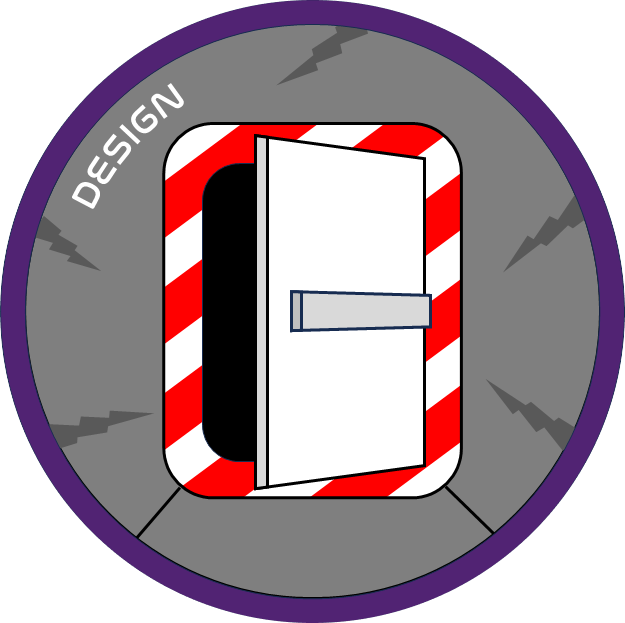
Design Team
Team Head: Evandros Theodosiou
The Design Team manages the internal design of our analog lunar base. They work on the base layout, airlock design, spacesuit design and maintenance, and the launch simulation, along with other projects.
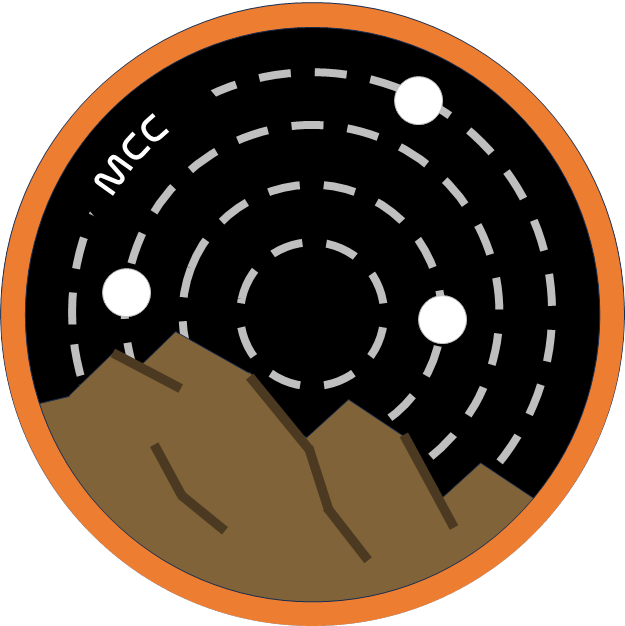
MCC Team
Team Head: Katie Mulry
The Mission Control Centre (MCC) team works throughout the year to train the mission control officers who will support the astronauts during their mission. They also develop the software and procedures that are used in the mission control.
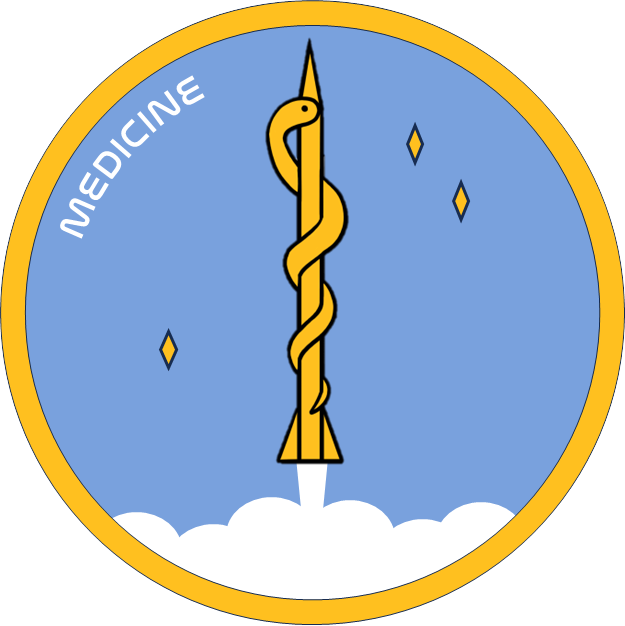
Medical Team
Team Head: Joana Godinho
The Medical Team works to ensure the health, well-being, and safety of Asclepios analog astronauts during trainings and the mission. They manage astronaut nutrition and physical preparation, as well as leading medical and psychological training for the crew. During the mission, Medical Officers from this team serve in the Mission Control Centre to monitor crew health.
Asclepios IV Sponsors
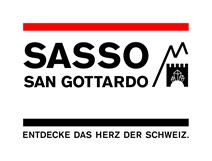
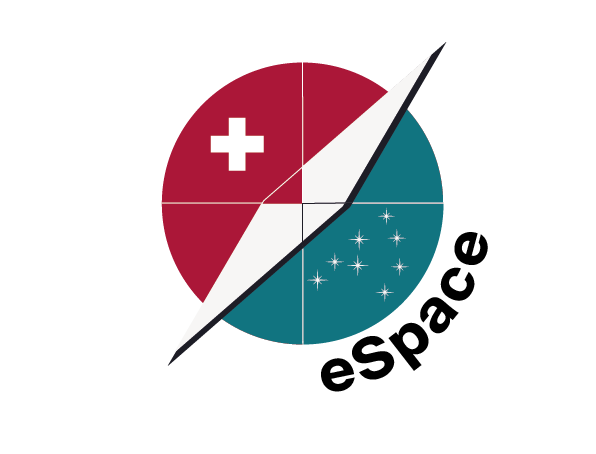






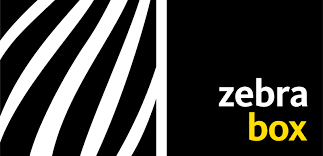


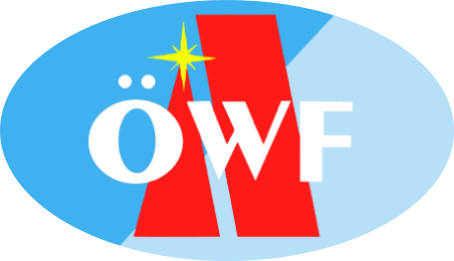
Our Missions
Asclepios V
After four successful missions, Asclepios launched its fifth mission. Nine analog astronauts from around the world have been selected to become the Iris crew and spent up to sixteen days in isolation in the Sasso San Gottardo fortress. The mission brought exciting new features, including crew rotations and a rocket room to simulate the journey to the Moon!
Asclepios III
Asclepios III, our third analogue mission, was set in a Lunar South Pole environment. A crew of international analogue astronauts were placed in isolation and carried out experiments and EVAs to explore the challenges of space medicine. The mission itself took place at Sasso San Gottardo, Switzerland.
Asclepios II
Asclepios II, our second analogue mission, was set in a Lunar South Pole environement. A crew of six international analogue astronauts were placed in isolation while they carry out experiments and EVAs to explore the challenges in the search for water. The mission took place at Sasso San Gottardo, a Swiss world war era fortress in the Airolo municipality of Switzerland.
Asclepios I
As the first mission of the Asclepios project, Asclepios I laid the foundation on which the following missions will be built. It served to accomplish the project’s goals as it demonstrated the viability of student led analogue missions. This mission served the purpose of testing the structure chosen for an Asclepios analogue mission but also the project structure itself. It was also oriented towards an ecological and sustainable approach. This was underlined by multiple choices ranging from alimentation to the construction of base structures.

